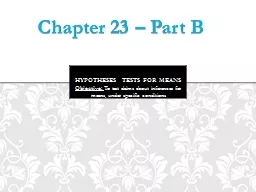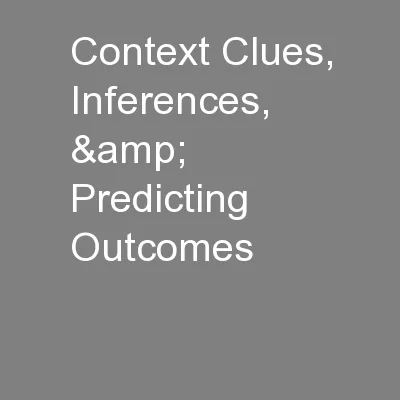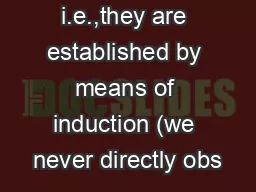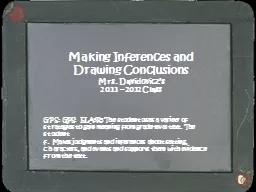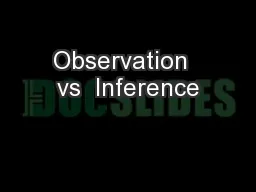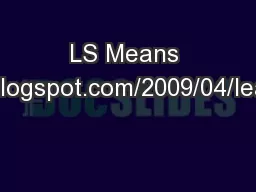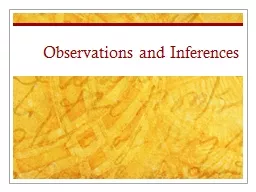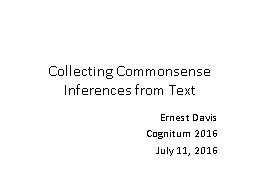PPT-Objective: To test claims about inferences for means, under specific conditions
Author : luanne-stotts | Published Date : 2018-03-18
Hypotheses tests for means Chapter 23 Part B The hypotheses for proportions are similar to those for proportions In fact they are the same We use µ instead
Presentation Embed Code
Download Presentation
Download Presentation The PPT/PDF document "Objective: To test claims about inferen..." is the property of its rightful owner. Permission is granted to download and print the materials on this website for personal, non-commercial use only, and to display it on your personal computer provided you do not modify the materials and that you retain all copyright notices contained in the materials. By downloading content from our website, you accept the terms of this agreement.
Objective: To test claims about inferences for means, under specific conditions: Transcript
Download Rules Of Document
"Objective: To test claims about inferences for means, under specific conditions"The content belongs to its owner. You may download and print it for personal use, without modification, and keep all copyright notices. By downloading, you agree to these terms.
Related Documents

